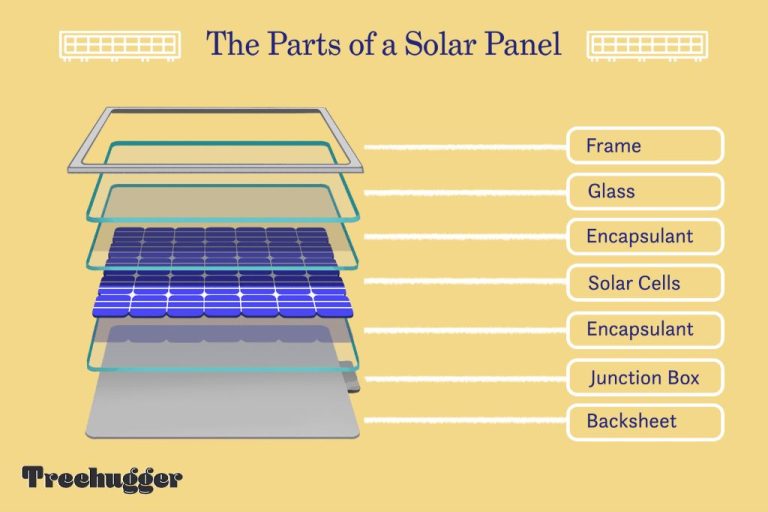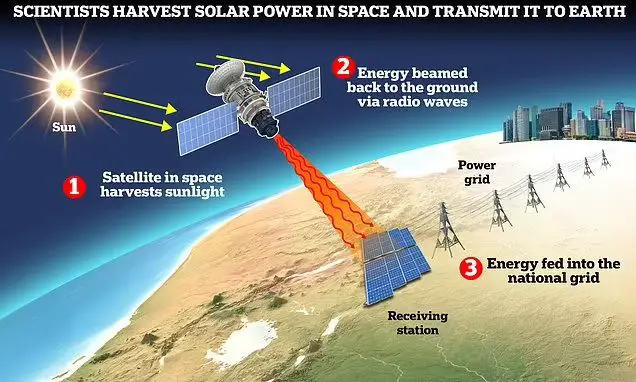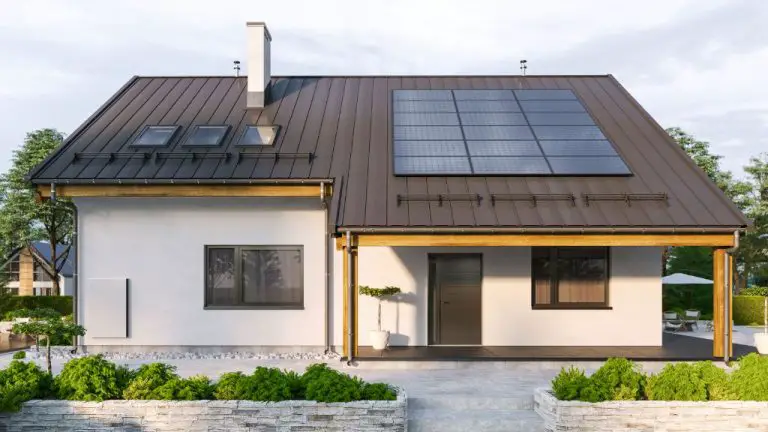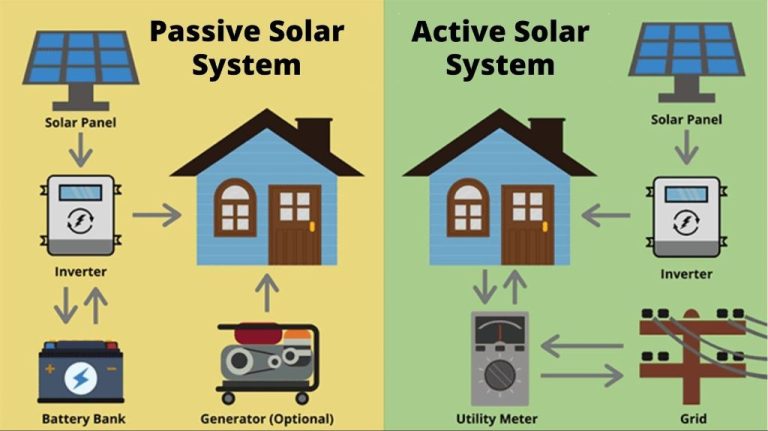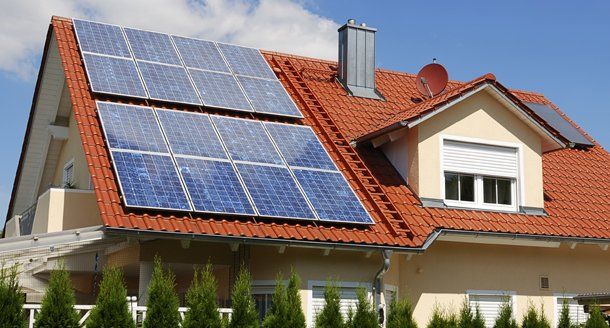Do I Need A Charge Controller For My Solar Panel?
What is a charge controller?
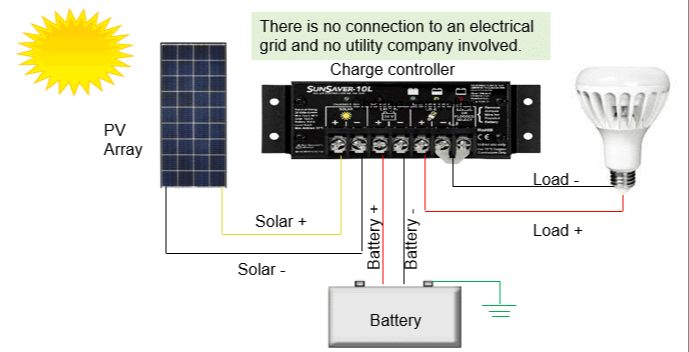
A charge controller is an essential component in most solar panel systems that charge batteries. It serves three main purposes:
-
Prevents overcharging of batteries – The controller stops the flow of current into the battery once it reaches a set voltage to avoid damage from overcharging.
-
Protects battery from over-discharging – It prevents the battery from being excessively drained by cutting off the load when the battery voltage drops too low.
-
Regulates voltage and current from solar panels – A charge controller maintains optimal charging conditions by regulating the voltage and current from the solar panels going to the battery bank.
By performing these functions, a charge controller prolongs battery life and ensures optimal performance of the system.
When is a charge controller required?
A charge controller is required when charging a battery bank from a solar panel. The charge controller regulates the power from the solar panels to the batteries to prevent overcharging. Without a charge controller, batteries can be damaged from overcharging.
A charge controller is also needed if the solar panel voltage exceeds the battery voltage. For example, a 12V battery bank should not be connected directly to a 36V solar panel without a charge controller to step down the voltage. The higher solar voltage could damage the batteries.
In summary, a charge controller is required anytime solar panels are charging batteries directly. It acts as a voltage regulator to protect the batteries from overcharging and damage. The charge controller makes sure the batteries receive the proper charging voltage for optimal performance and longevity (Source).
What are the types of charge controllers?
There are three main types of charge controllers for solar panels:
PWM – Pulse Width Modulation
PWM charge controllers work by adjusting the duty cycle of the power sent to the battery. They switch the solar power on and off very quickly to maintain the proper charging voltage. PWM controllers are simple and inexpensive but less efficient than MPPT (according to Morningstar).
MPPT – Maximum Power Point Tracking
MPPT charge controllers maximize the power output from solar panels by tracking the maximum power point. They are more efficient than PWM controllers, especially in colder weather. However, they are also more expensive and complex (according to Forbes).
Simple Voltage Regulation
Simple charge controllers just monitor battery voltage and disconnect the solar panels when the battery is fully charged. They do not actively optimize the charging process. This is an inexpensive but very inefficient design compared to PWM and MPPT (according to SunWize).
What factors should you consider?
When selecting a solar charge controller, there are four key factors to consider:
System voltage – Make sure the charge controller is compatible with your system voltage (12V, 24V, 48V etc.). The solar panels, battery bank, inverter and loads should all match the system voltage. Controllers are usually designed for 12V or 24V systems for home use.
Number of solar panels – The charge controller’s amperage rating needs to be greater than the total short-circuit current rating of all your solar panels combined. Having too small of a charge controller can lead to overheating and failure over time.
Battery bank size – Match the charge controller to the amp hour (Ah) rating of your battery bank. Undersizing can lead to undercharging, while oversizing is inefficient and overkill.
Load requirements – Consider the power draw of the loads you want to run. The controller needs to be rated to handle the peak load currents beyond just charging the battery bank.
Refer to sizing charts provided by manufacturers to select the properly sized controller for your system. Oversizing by 20-30% provides a safety buffer. It’s better for the controller to be slightly oversized than undersized for the system.1
PWM vs MPPT controllers
PWM (Pulse Width Modulation) and MPPT (Maximum Power Point Tracking) are two different technologies used in solar charge controllers. PWM controllers are generally less expensive but also less efficient than MPPT controllers (Source). They work well for smaller, low voltage solar systems.
MPPT controllers are more advanced and more expensive. They maximize power output from solar panels by tracking the peak power point as it changes with temperature and sunlight. This makes them more efficient, especially in hot conditions. MPPT allows you to get more power from the same number of solar panels (Source).
In summary, PWM is a more budget-friendly option sufficient for small solar systems, while MPPT maximizes solar efficiency for larger systems where the extra cost is justified.
Signs you need a charge controller
There are a few key signs that indicate your solar panel system needs a charge controller:
Battery overheating – Without a controller to regulate charging, batteries can overheat. This shortens battery life dramatically. According to Solar-electric.com, overheating above 113°F can permanently damage batteries[1].
Fast battery drain – If your batteries seem to drain faster than normal, it could be a sign of overcharging without a controller. The excess voltage forces the batteries to work harder[1].
Battery not charging fully – A controller ensures the batteries are optimally charged. Without one, they may never reach full charge as the panel output exceeds safe levels[2].
Electrical device issues – Overvoltage from the panel can damage electronics and appliances. A charge controller protects against this by regulating voltage[3].
Adding a charge controller solves these issues by ensuring safe battery charging levels. If your solar setup is experiencing any of the above, it likely needs a controller.
[1] https://www.solar-electric.com/learning-center/solar-charge-controller-basics.html/
[2] https://blog.ecoflow.com/us/solar-charge-controller/
[3] https://www.altestore.com/diy-solar-resources/how-charge-controllers-work/
Installing and setting up a controller
When installing and setting up a solar charge controller, it is important to follow the manufacturer’s guidelines closely. The manual that comes with the controller will provide step-by-step instructions for proper installation and configuration. Some key steps to take:
Set the appropriate settings – Most charge controllers have dials or digital interfaces that allow you to set parameters like battery type (flooded, gel, etc.), charging profiles, and more. Configure these appropriately for your system.
Connect solar panel and battery properly – Pay close attention to wiring diagrams and instructions for connecting the solar panel cables to the PV terminals, and the battery cables to the battery terminals. Proper polarity is crucial.
Follow safety precautions – Take measures like cutting off the power source before wiring, wearing PPE, and having proper cable sizes. Consult the installation guide.
Secure the controller – Mount the controller securely using screws through the allotted mounting holes. Ensure adequate airflow and ventilation.
Double check connections – Before powering on the system, do one final check of all wiring connections to ensure correctness and tightness. Proper installation will lead to years of smooth operation.1
Maintenance tips
To keep your charge controller working properly for as long as possible, be sure to follow these maintenance tips:
Keep it cool and dry. Controllers should be installed in a location protected from extreme weather and moisture. Excess heat and humidity can damage the internal components over time.
Check connections are tight. Loose cable connections can cause power loss and shut down the system. Inspect wiring annually for corrosion and tightness.
Regularly check the display and lights. Watch for any warning lights or error messages that could signify an issue. Refer to your manual if troubleshooting is needed.
Follow manual guidelines. The user manual will provide directions for proper maintenance based on your specific controller model and requirements.
With regular inspections and care, a quality charge controller can last 5-10 years or longer before needing replacement.
Solar without a charge controller?
It is possible to connect a solar panel directly to a battery without a charge controller, but only in very specific circumstances with small solar panels. According to Proesolar, you can avoid using a charge controller if your solar panel emits less than two watts of energy per 50 battery amp-hours. For example, a 10 watt solar panel could be connected to a 100 amp-hour battery.
When charging a battery directly without a controller, it is crucial to disconnect all loads and devices from the battery when it is not charging. This prevents the battery from being excessively drained. It is also advised to monitor the battery voltage periodically to ensure it stays within a safe range and does not become overcharged.
Charging a battery without a solar charge controller comes with risks, so it is generally recommended to use a charge controller for most solar panel and battery setups. Only very small DIY solar panel systems may be feasible without a controller, and even then proceeding without one is at your own risk.
Summary
To recap, a charge controller is needed in nearly all solar panel systems that utilize batteries. It serves the critical function of regulating power from the solar panels to prevent overcharging the batteries. Without a charge controller, batteries can be damaged from overcharging. This results in reduced battery capacity and shortened lifespan.
Installing an appropriate charge controller protects your batteries and ensures proper charging. The main types of controllers are PWM and MPPT, with MPPT being more advanced and efficient. But PWM controllers are sufficient for many smaller systems.
Choosing the right size and type of charge controller requires calculating your system’s amps and voltage. A controller that’s undersized can’t adequately regulate charging. Oversizing is also inefficient. Consider your solar array wattage, battery bank capacity, and type of batteries when selecting a controller.
While technically possible to install solar panels without a controller, this is highly inadvisable for most systems. Only very small solar arrays paired with appropriately sized batteries could potentially forego a controller. But the risks of battery damage make a controller well worth the investment in nearly all cases.

